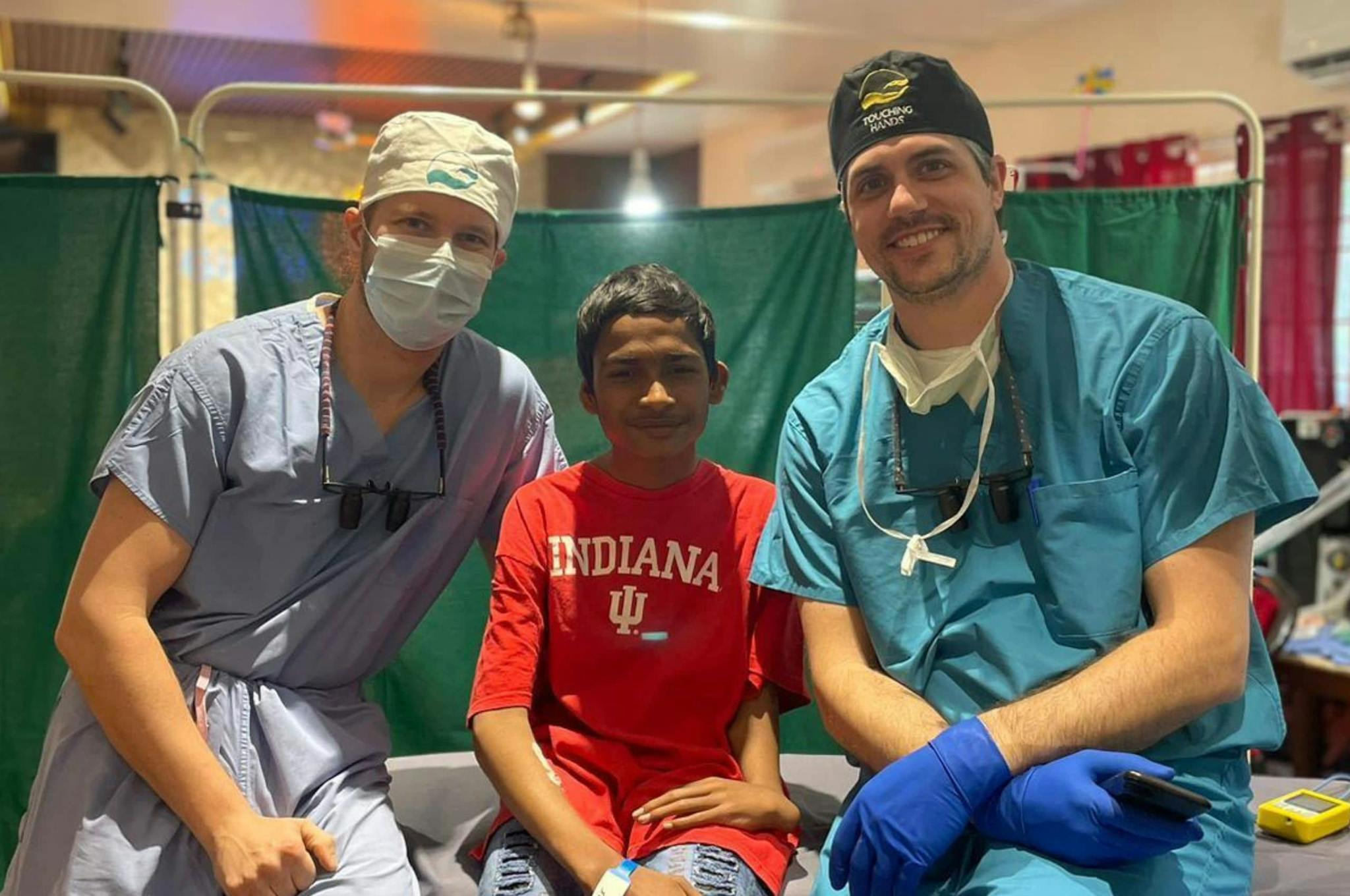
2025-06-10T13:54:10
Understanding Skin Grafts
- Dermatology
- Family Medicine
- Internal Medicine
- Orthopedics
September 18, 2017 | Orthopedics
Specialties:Orthopedics

Ranging in size, ganglion cysts are categorized as non cancerous lumps that generally tend to develop along the tendons or joints in the wrists or hands, and can also be found in the ankles and feet. Ganglion cysts are usually round or oval-shaped and are filled with a jelly-like fluid.
Ganglion cysts can be painful when they press down on nerves, and they can interfere with regular joint movement depending on their location. In other situations, they may have no symptoms and require no treatment before disappearing on their own. Here’s what you need to know about Ganglion cysts.
There are no known causes of the development of ganglion cysts. What is known is that they grow out of joints or the lining of a tendon, appearing like a small water balloon on a stalk. They tend to occur when tissue surrounding a joint or tendon bulges out of place. The cysts are filled with a thick, lubricating fluid—similar to the fluid one would find supporting joints and tendons.
A few factors might increase your risk level for ganglion cysts:
Diagnosis of ganglion cysts may only require a physical exam, during which your doctor might apply pressure to the cyst to test discomfort. Your doctor may also try to shine a light through the cyst, as a means of determining if it’s a solid mass or is filled with liquid. In some cases, your doctor might recommend imaging tests like an X-ray, ultrasound or MRI, mostly to rule out other conditions or locate hidden cysts. As confirmation of a cyst diagnosis, your doctor may use a needle and syringe to draw out fluid from the cyst (a process called aspiration), which should appear thick and clear or translucent.
In many cases, ganglion cysts are painless and do not require specific treatment. In these cases, your doctor may recommend a wait-and-see approach to allow the cyst to clear on its own. If the cyst is painful or interfering with joint movement, however, treatment methods may include:
If you have a ganglion cyst that requires attention, your doctor can help you with proper diagnosis and a treatment plan if necessary.
“Ganglion cyst.” The Mayo Clinic. http://www.mayoclinic.org/diseases-conditions/ganglion-cyst/home/ovc-20168586
“Ganglion Cyst.” WebMD. http://www.webmd.com/a-to-z-guides/ganglion_cyst#1
WRITTEN BY:
The Live Better Team

2025-06-10T13:54:10

2024-06-21T14:29:51

2024-02-06T11:40:13

2023-03-30T11:23:12
This information is not intended to replace the advice of a medical professional. You should always consult your doctor before making decisions about your health.